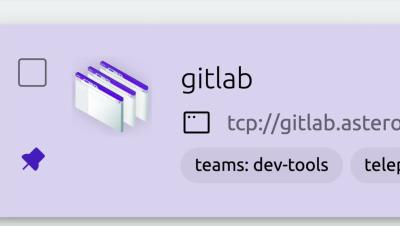Friday Flows Episode 27: Disabling AWS User from Hunters Alert with Jira Prompt
We're excited to bring you another workflow from the Tines library and to introduce your new Friday Flows host Cameron Higgs! The legendary Blake Coolidge is handing over the reins for a season but he'll be back on your screens before too long. In this episode, Conor Dunne walks Cameron through a workflow that pulls leads related to the Amazon Web Services (AWS) environment flagged by Hunters and searches for users with unauthorized permissions.











